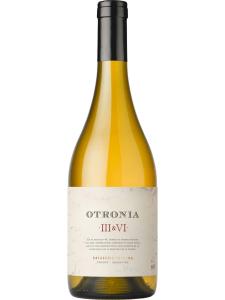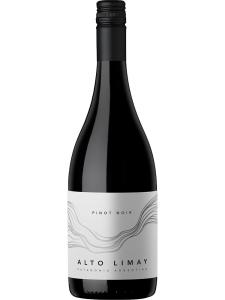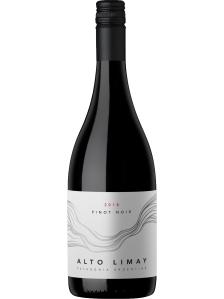Patagonia is South America's southernmost wine-producing region. Despite being one of the world's least-obvious places for quality viticulture, this desert region – with its cool, dry climate – has proved itself well suited to producing elegant red wines from Pinot Noir and Malbec.
(©Wines of Argentina)
The geographical region covers a vast area – around twice the size of California – across southern Argentina and Chile. Patagonia is more closely associated with dinosaurs and desert than with fine wine, but it has a viticultural zone that stretches 200 miles (300km) along the Neuquen and Rio Negro rivers, from Anelo in the west to Choele Choel in the east. The zone is closer to the Andes Mountains than to the Atlantic Ocean, but is at a much lower altitude than its northern cousin of Mendoza, averaging about 1000ft (300m) above sea level.
Patagonia is a desert, and viticulture is possible only near the rivers, where meltwater from the Andes is abundant for irrigation. The classic desert climate of warm days and cold nights extends the growing season in the region, slowing ripening in the grapes and letting them develop rich varietal character while retaining acidity.
In compensation for its cooler climate and lower latitude, Patagonia is warmed by 'La Zonda', a wind created on the eastern slopes of the Andes. Its warm, dry air sweeps across the wide-open spaces of La Pampa, bringing warmth to the vineyards of Patagonia and aiding bud-break. Vines stressed by these year-round high winds and the free-draining alluvial soils tend to grow smaller berries with thicker skins, leading to a higher concentration of sugars, acids and tannins. Wines made from these grapes are intensely flavored, with excellent structure and firm, ripe tannins. La Zonda has some negative affects in the vineyards as well: while it lessens the risk of vine disease and brings warmth to vineyards, the persistently dry 25mph (40kph) wind can also damage new vines.
Patagonia has gained recognition within the wine world due to the two viticultural regions located in its northern section: the more-established Rio Negro and the newer, still developing Neuquen. Wines from these two zones are traditionally more European in style than those from the central and northern regions of Argentina, as a result of the areas' cooler climate and higher latitude. While Malbec still plays a central role in Patagonian wine, it is Pinot Noir that has become the region's iconic grape variety. Excellent white wines made from Chardonnay, Sauvignon Blanc and Riesling also showcase the freshness of the region's climate.




